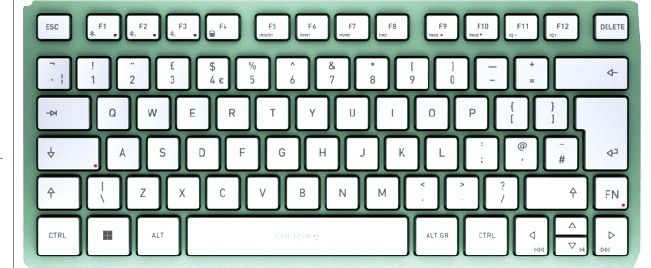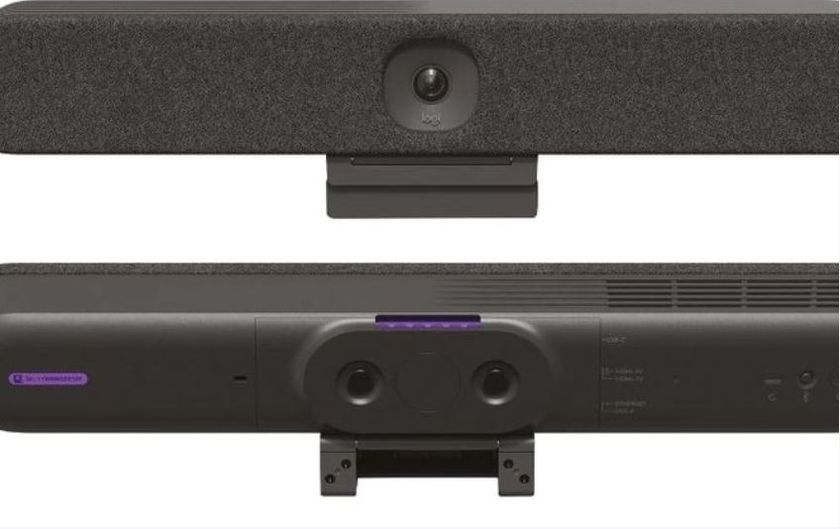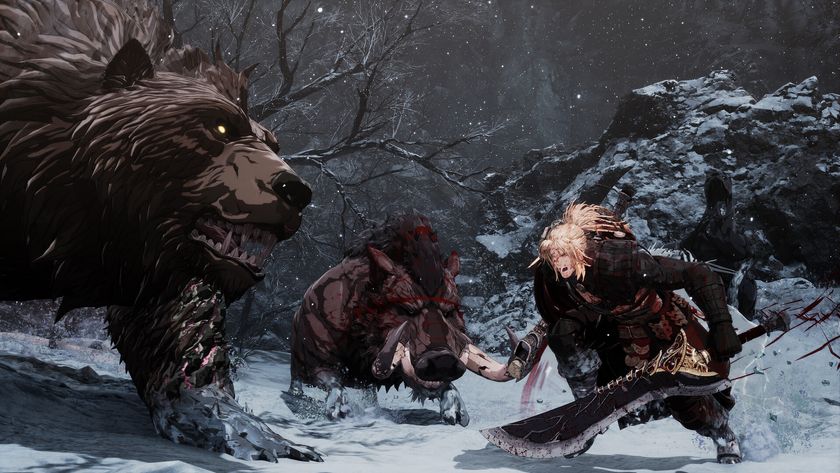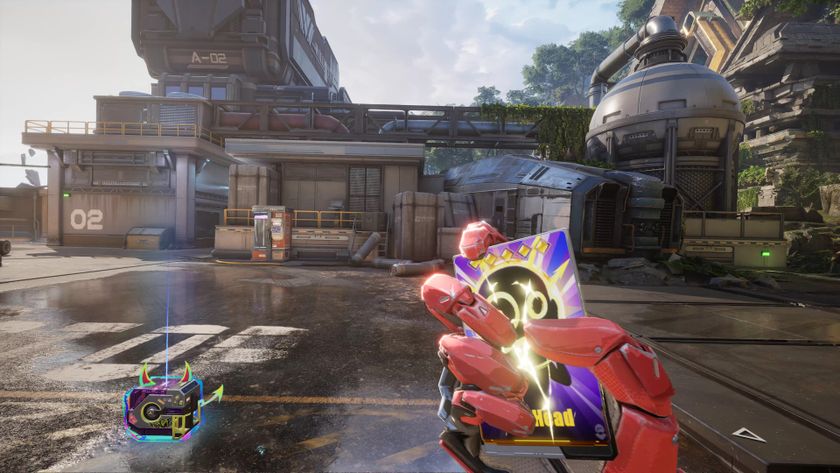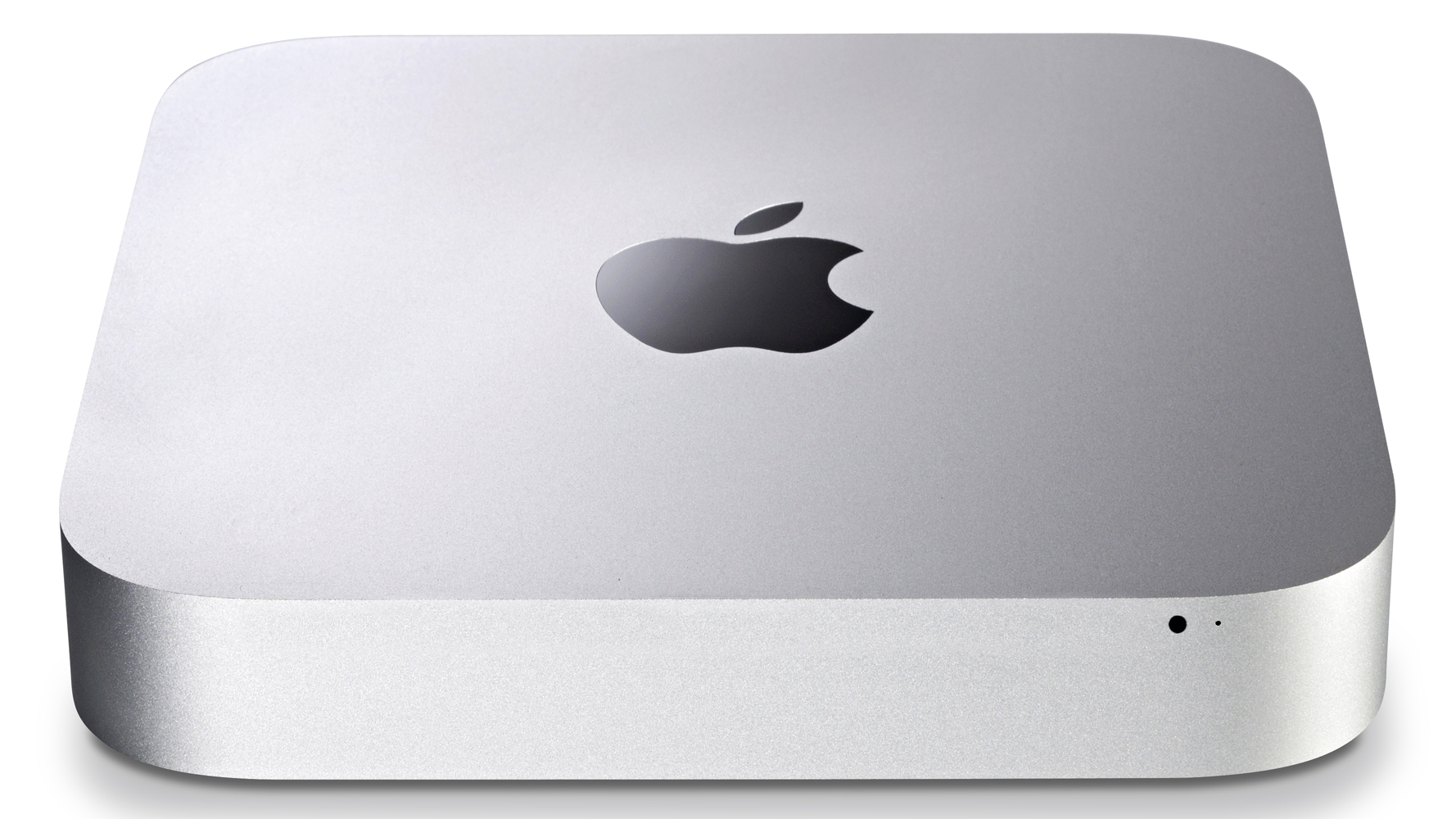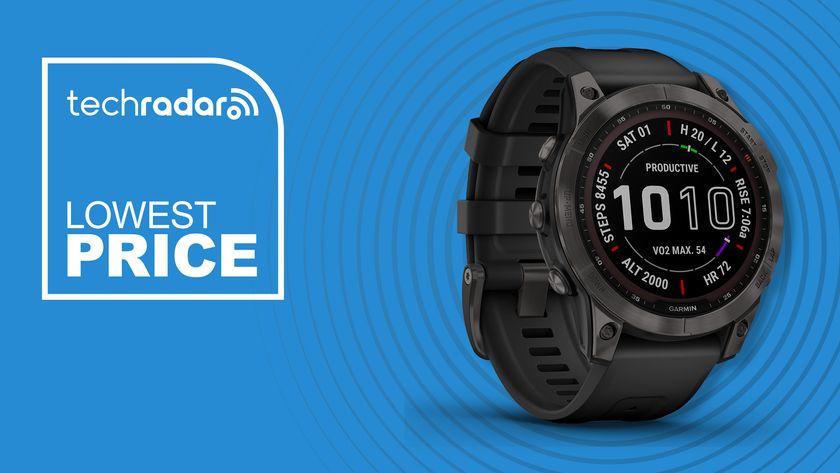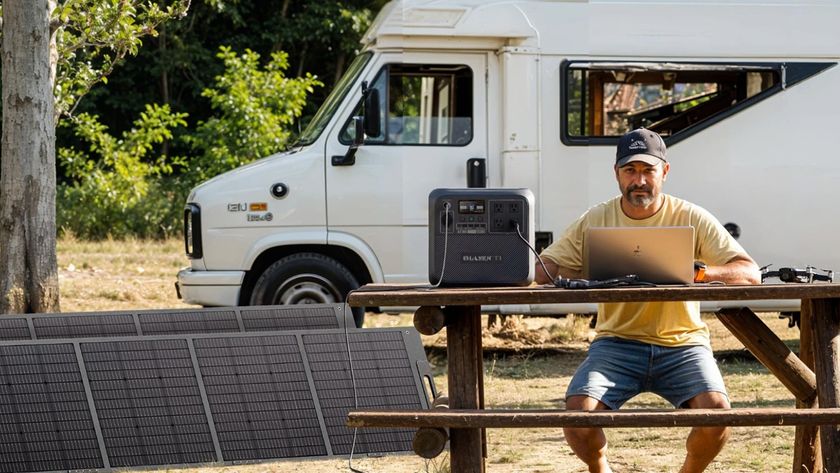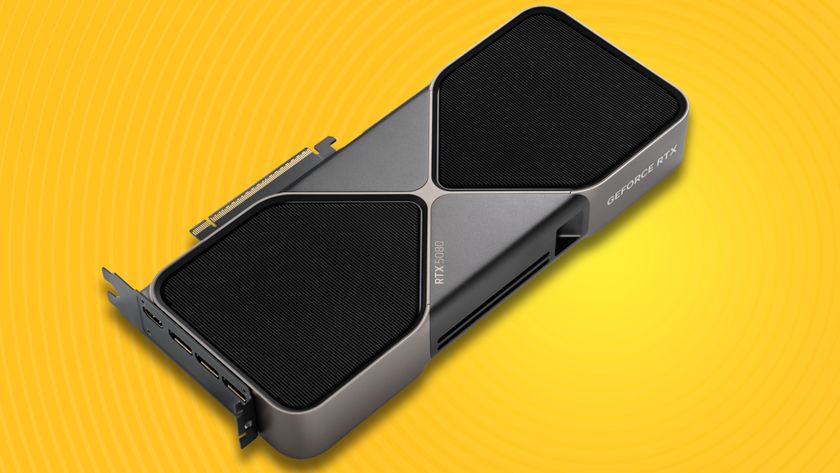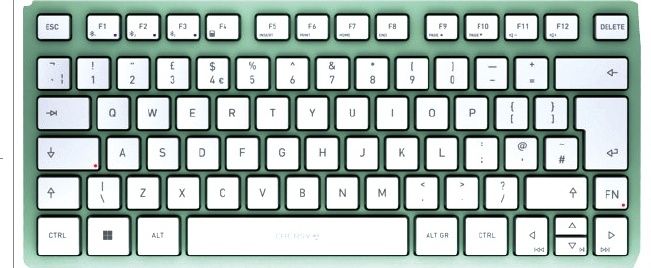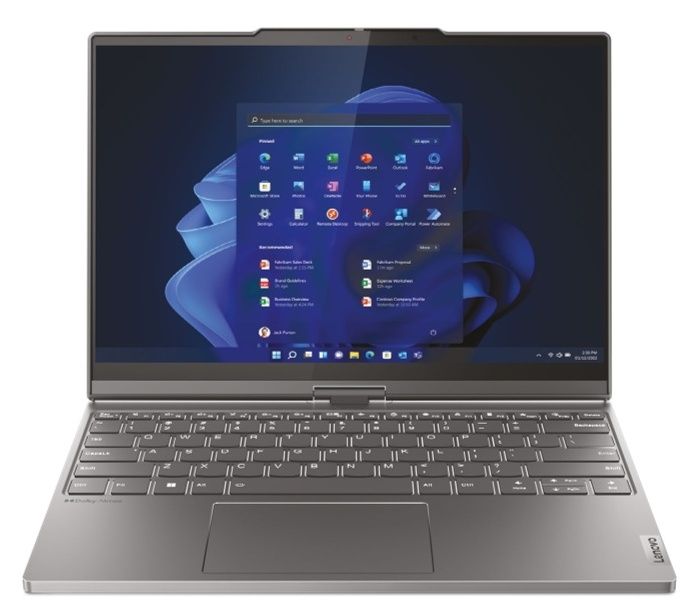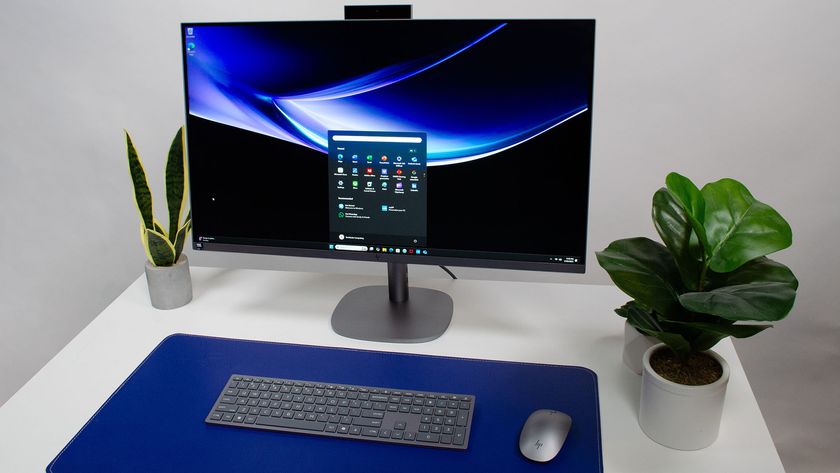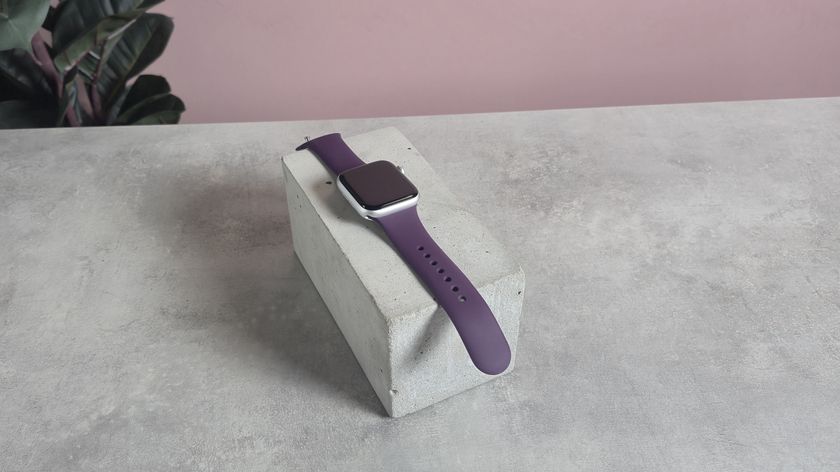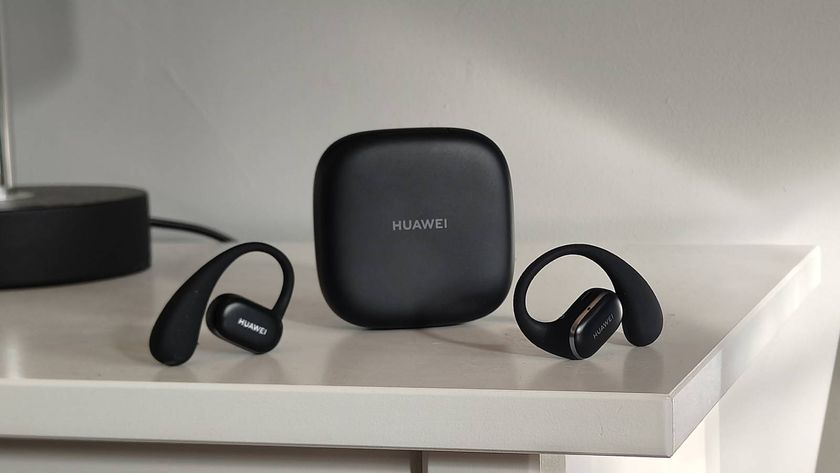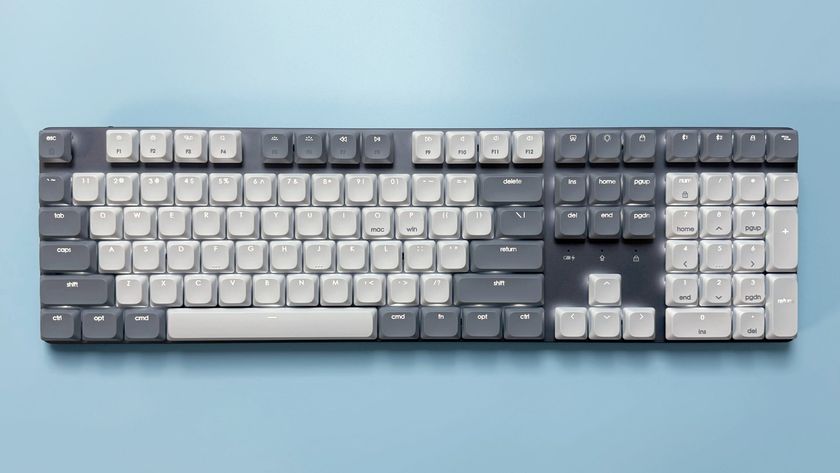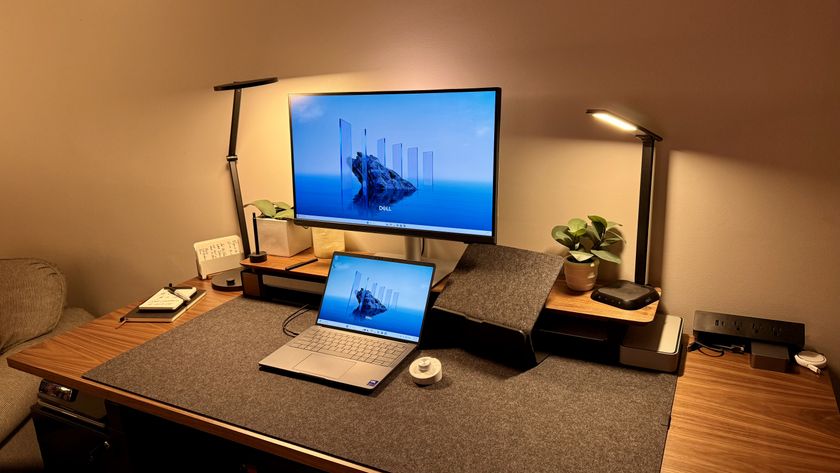TechRadar Verdict
Pros
- +
Excellent new processors
- +
USB 3.0
- +
Better integrated graphics
- +
Faster memory
Cons
- -
No optical drive
- -
No discrete graphics
- -
No media centre software
- -
SD card reader awkwardly placed
Why you can trust TechRadar
The Apple Mac mini has long been the cheapest way to own a Mac. Since its introduction in January 2005, the small form factor desktop Mac has offered a low-cost alternative to the all-in-one iMac or the high-end Mac Pro.
Although it's sold without a keyboard, mouse or screen, everything else you need is in the box. It's internet-ready, through Ethernet or wireless N, and comes with an operating system and all its bundled apps pre-installed.
It's been a while since the last Mac mini came out, with the Mac mini 2014 the last one we reviewed, but they are still very handy little devices that can give you plenty of computing power without having to worry about the more complicated side of things. Every year we see the prices of Mac minis drop, so they can still be a great purchase, with some pretty decent deals on offer.
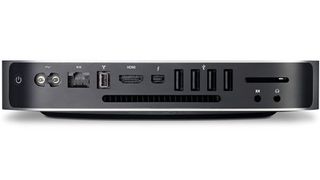
The more expensive late 2012 Mac mini reviewed here has a 2.3GHz quad-core Intel Core i7, a 1TB hard drive and costs $799. Both models offer 4GB of onboard RAM.
There's also a server version of the high-end model, which includes the server edition of Mountain Lion and twin 1TB hard drives, for $999.
At just 19.7cm (7.7 inches) long and wide, 3.6cm (1.4 inches) tall and weighing only 1.22kg (2.7lbs), it's comfortably transportable.
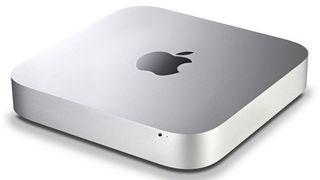
If you want to use the same computer at home and at work, for example, you can set up a keyboard, mouse and monitor at each, and then when you're ready to leave, unplug the Mac mini and slip it in your bag.
Since the mid-2010 refresh, the Mac mini's transformer has been built into the body, so the power supply is a cheap figure-of-eight lead.
The Mac mini lost its optical drive with the previous generation, in the summer of 2011, and unsurprisingly, it doesn't make a return here. If you want to use CDs, DVDs or Blu-ray discs, you have to buy an external device such as Apple's own USB SuperDrive, or if you also have computer with an optical drive fitted, a Remote Disc.
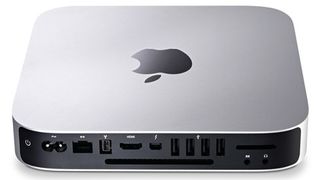
The 2012 refresh isn't a radical overhaul. It retains the same basic form factor as the last generation of Mac mini, and makes no major changes to its functionality. But it's more than a mere incremental upgrade.
The step up in processors, from the second generation Sandy Bridge chips to the new third-gen Ivy Bridge CPUs, bring a welcome increase in power. Their integrated Intel HD Graphics 4000 chipset is around 60% more powerful than the Intel HD Graphics 3000 used in second-generation Core-i processors.
Unfortunately, the discrete graphics chip that made its Mac mini debut in last year's high-end model has now gone, so both 2012 Mac minis rely solely on integrated graphics. This is annoying, considering making room for the discrete chip was given as a reason for dropping the optical drive.






